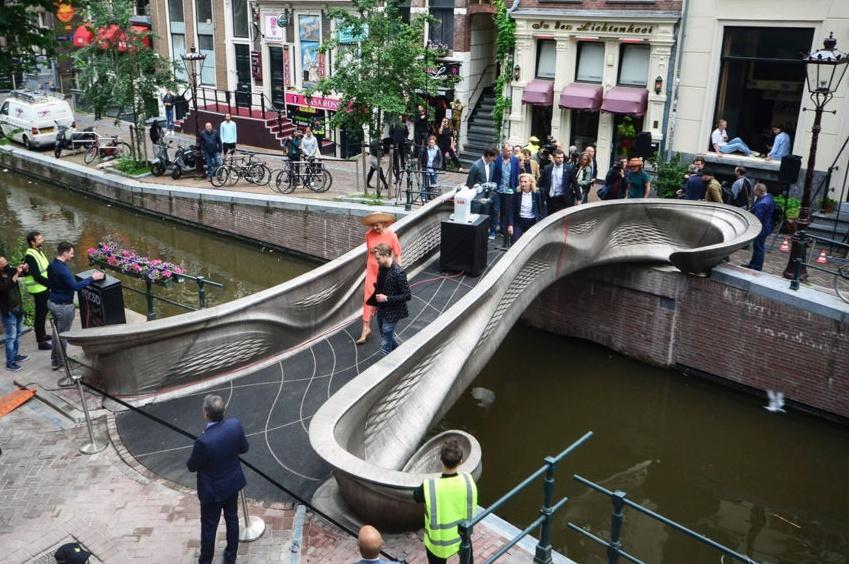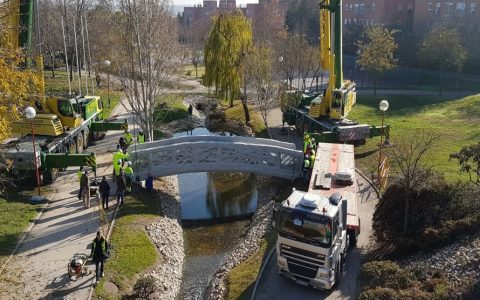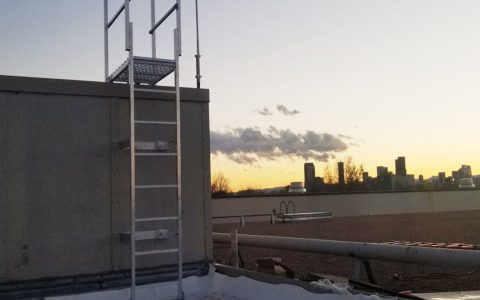The 3D-printed bridge in Amsterdam, specifically the MX3D steel bridge, has undergone rigorous testing to ensure safety since its installation in 2021. This structure represents a pioneering application of additive manufacturing in infrastructure, and its performance is backed by comprehensive evaluations.
Design and Safety Features
Constructed using robotic 3D printing with stainless steel, the bridge incorporates redundant structural elements and real-time sensor monitoring to detect stress, deformation, and environmental factors. These measures enhance resilience against typical urban loads like pedestrian traffic and weather conditions.
Real Test Results
Key tests conducted include:

- Static Load Testing: Application of 3.5 kN/m² showed deflection within safe limits (under 5mm), confirming stability under maximum expected crowds.
- Dynamic Load Testing: Simulations with varying pedestrian movements demonstrated no resonance issues, with vibrations dampened effectively.
- Fatigue Testing: Over 500,000 load cycles replicated 10 years of use, revealing no structural degradation.
- Material Analysis: Tests indicated homogeneous strength and weld-free joints meeting Eurocode standards for public infrastructure.
Results from these tests validate the bridge's structural integrity, with no reported failures since opening.
Conclusion
Based on the test results, the Amsterdam 3D-printed bridge is deemed safe for public use, showcasing the viability of advanced manufacturing in sustainable urban development. Continuous monitoring ensures ongoing safety compliance.






